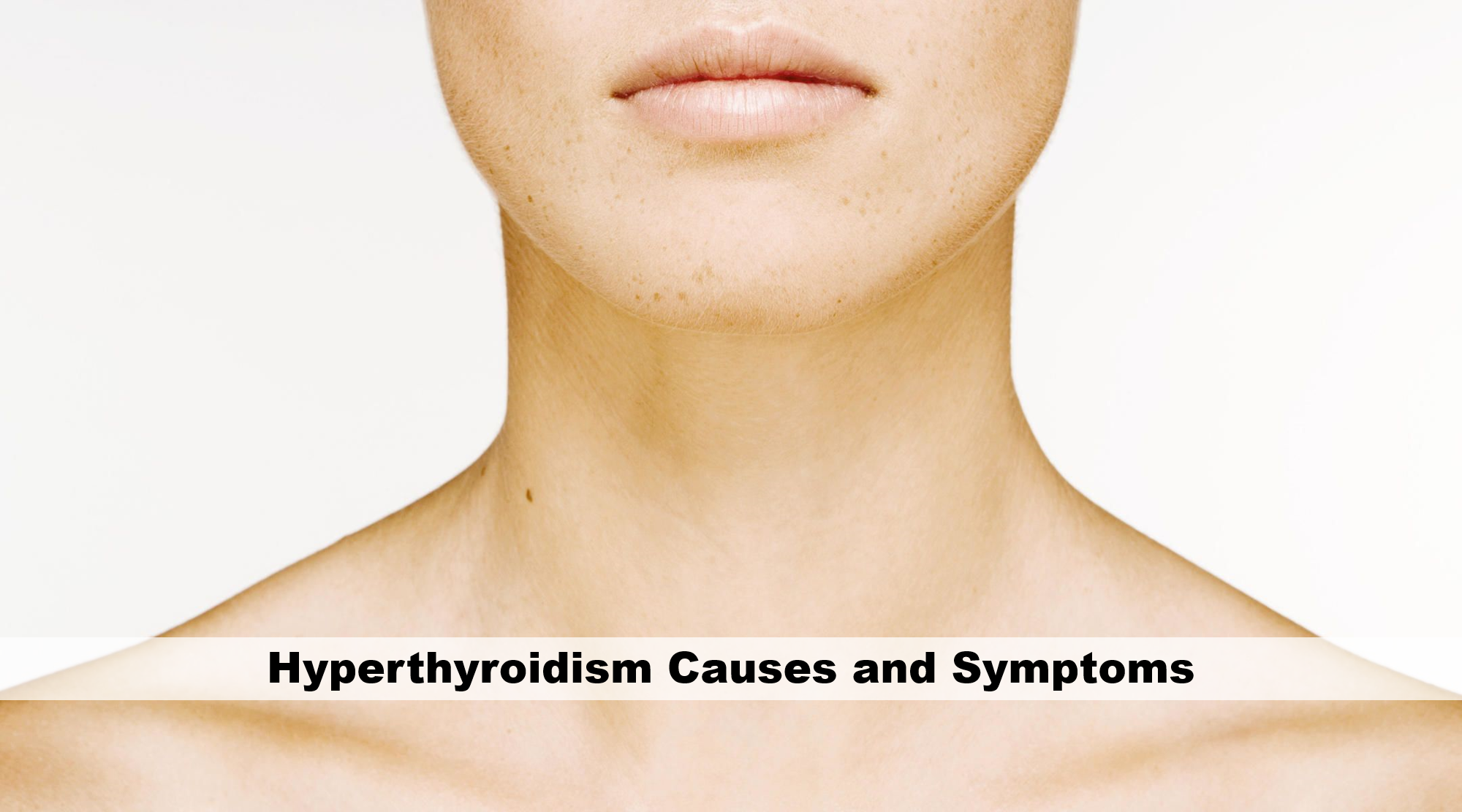‘Cholesterol’, The insidious Enemy Behind Heart Disease

‘Cholesterol’, the insidious enemy behind heart disease
Cholesterol is a fat-like substance found in our cells. It is used in the production of cell membranes and some hormones. However, excessive amounts in the blood are harmful, increasing the risk of cardiovascular disease.
Cholesterol is an essential substance that forms the membranes of all living cells. Without cholesterol, neither cells nor life. On the other hand, the main substance of all enzymes and hormones is also cholesterol. Most of the cholesterol in the blood is synthesized by the liver, while a small part is taken directly from food. All foods containing cholesterol are animal foods, ie meat and dairy products. There is no cholesterol in vegetables, fruits and grains. The foremost cause of high cholesterol is excessive synthesis. The biggest reason for overproduction is genetic factors. So it is familial. Another and less common reason is the excessive consumption of nutrients with high cholesterol. In addition, some diseases and medications cause cholesterol elevation.
CARRIED TO CELLS BY BLOOD CIRCULATION
Cholesterol synthesized in the liver is transported to the cells by the blood circulation. The proteins that carry out this transport job are called lipoproteins. There are two forms of lipoproteins, LDL and HDL. LDL cholesterol means cholesterol carried by low density lipoprotein. It is also known as “Bad Cholesterol”. If the level of LDL cholesterol rises, it accumulates in the fine pores of the vessels, this accumulation leads to coagulation and congestion in the vessel.
HDL cholesterol means cholesterol carried by high density lipoprotein. Also known as “Good Cholesterol”. HDL does not accumulate in the vessels like LDL, and it also wipes away LDL cholesterol by adding it to it.

HDL cholesterol level is desirable above 50 mg / dL in men and 40 mg / dL in women. It is preferred that LDL cholesterol level is below 100 mg / dL in people with high risk, below 130 mg / dl in those with moderate risk, and below 160 mg / dL in those with low risk.
HIGH-RISK GROUP SHOULD BE TREATED
No, it doesn’t necessarily have to be dropped. Where it rises, “Lower the LDL!” to say is an exaggeration.
The decision to lower the LDL and the methods to be followed are determined by your doctor according to the risk level carried. We do not recommend medication for every person with high cholesterol. No statin in tea or soup! We prefer drug treatment for people with high risk, whose cholesterol does not decrease despite preventive measures. Those with hypertension, obesity, diabetes and a first degree relatives cardiovascular disease are included in the high risk group, so they should be treated.
Cholesterol-raising diseases – Diabetes – Hypothyroidism – Chronic kidney failure
What should we do?
- – Consume fibrous foods
- – Avoid saturated fats
- – Exercise
- – Get rid of excess weight
- – Stop smoking
- – Periodically monitor your blood fats





